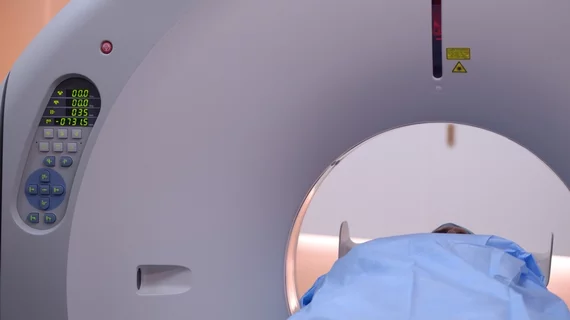CT helps spot patients with potential lead extraction risks
Performing a CT scan prior to intervention may help assess a patient’s risk of required complex lead extraction, according to a recent study published in JACC: Clinical Electrophysiology.
More patients are receiving cardiac implanted devices than ever before, and as a result, the number of complications stemming from the wire connecting the device to the heart—known as a lead—are also increasing. When a lead becomes infected, malfunctions or causes thromboembolism, it must be removed via percutaneous extraction. The procedure, however, can be risky.
Emma Svennberg, MD, PhD, and colleagues at Karolinska Institutet in Stockholm, Sweden, analyzed 143 patients who received both CT and lead extraction to determine if imaging could improve surgical planning.
Overall, CT proved valuable in identifying criteria crucial to performing lead extraction, including identifying the most severe type of adhesion—lead embedded in the heart vessel wall.
“This study demonstrates that the use of a structured CT protocol can aid in the pre-procedure risk assessment and surgical planning,” the authors wrote. “Larger studies might shed additional light on risk assessment prior to lead extraction.”
Read the entire story in Cardiovascular Business below:

